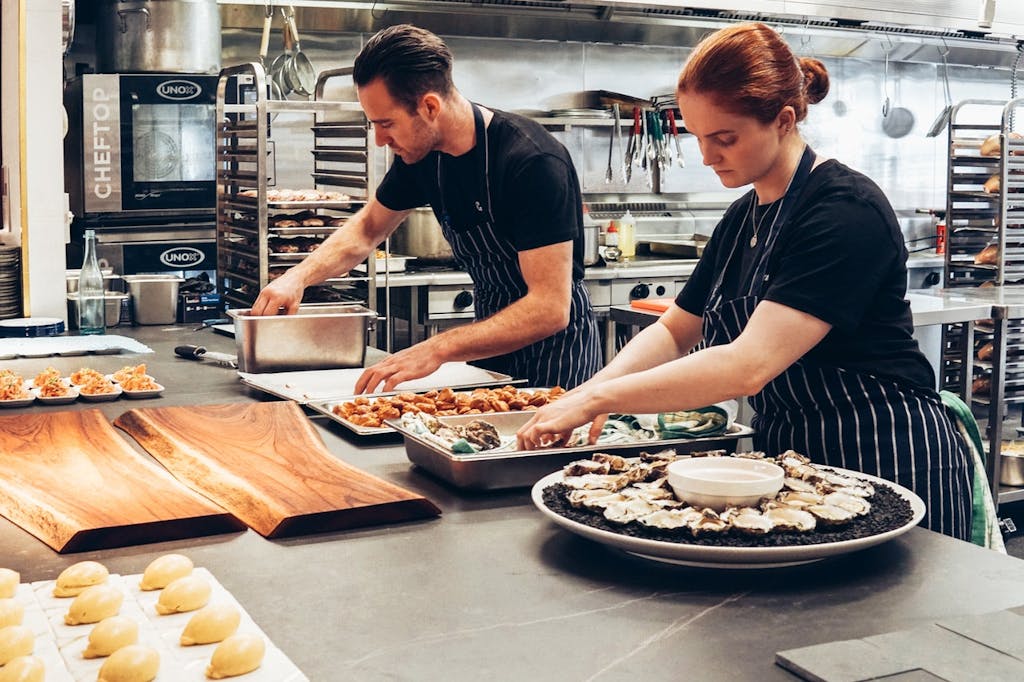The feeling that grid-based prices are rapidly becoming redundant was underlined by a farmer in the west, who told me he was offered three different flat prices by his local factory, based entirely on breed.
he breakdown was: Angus €5.00/kg, Herefords €4.80/kg, and €4.70 for the mix of primarily continentals with a few Friesians thrown in.
Another seasoned observer reckons farmers selling to factories have “the best of both worlds” in terms of how they want to be paid.
“If you have dairy-cross stock for the factory, the obvious thing to do is to flat-price them,” he says. “But if you think the conformation of your cattle is good enough, the grid is still probably the better option.”
Flat or on the grid, where are prices actually at?
“There are no prices for cattle,” a southern agent told me at the weekend, explaining that it was all down to individual factory demand.
“It’s like this: one week a factory is strong, the next week they are less, but those that were weak are suddenly strong.”
This has led to yo-yoing prices as plants in various areas continue to raid across traditional boundaries.
Base prices across the country for bullocks now vary from €4.50-4.70/kg, with heifers €4.60-4.80/kg.
10c/kg above these offers is reported, but numbers, quality and spec matter.
On the under-24-month bull side, U grades are on €4.80/kg with Rs on €4.70/kg. R grade cull cows continue on €4.20-4.40/kg, with top-end Os moving up a notch to €4.20/kg and lesser Os still on €4.00-4.10/kg.
Agents are again paying above these levels for some well-fleshed culls at marts.
So where will prices go over the summer and into the autumn?
Joe Clune of Sixmilebridge mart has some questions for Bord Bia.
“I would like them to explain how we have gone from factory base prices of €3.70-3.80/kg two years ago to €5.00/kg flat now,” he says.
“What are Bord Bia doing to make sure the markets we have continue to return that €5.00/kg going forward?
“At current prices, those buying cattle for grass need some assurances that come the autumn the market will still be strong.”
ICSA beef chairman Edmund Graham believes that, give the high prices for fertiliser and silage, many of those who usually fatten stock out of sheds across the winter will decide next autumn to just store their purchases to keep costs in check, before going to grass in the spring.
This, Mr Graham believes, will lead to an increase in the average slaughter age of cattle as finishers adjust their enterprises to compensate for those far higher finishing costs.
It’s a rational conclusion, and it makes you wonder: where will factories then get their winter supplies?

:max_bytes(150000):strip_icc()/types-of-engagement-ring-settings-guide-2000-86f5b8f74d55494fa0eb043dee0de96e.jpg)

More Stories
Cinnamon Roll French Toast Casserole
Peanut Butter Kiss Cookies – Fit Foodie Finds
Crisp Apple Salad – A Couple Cooks